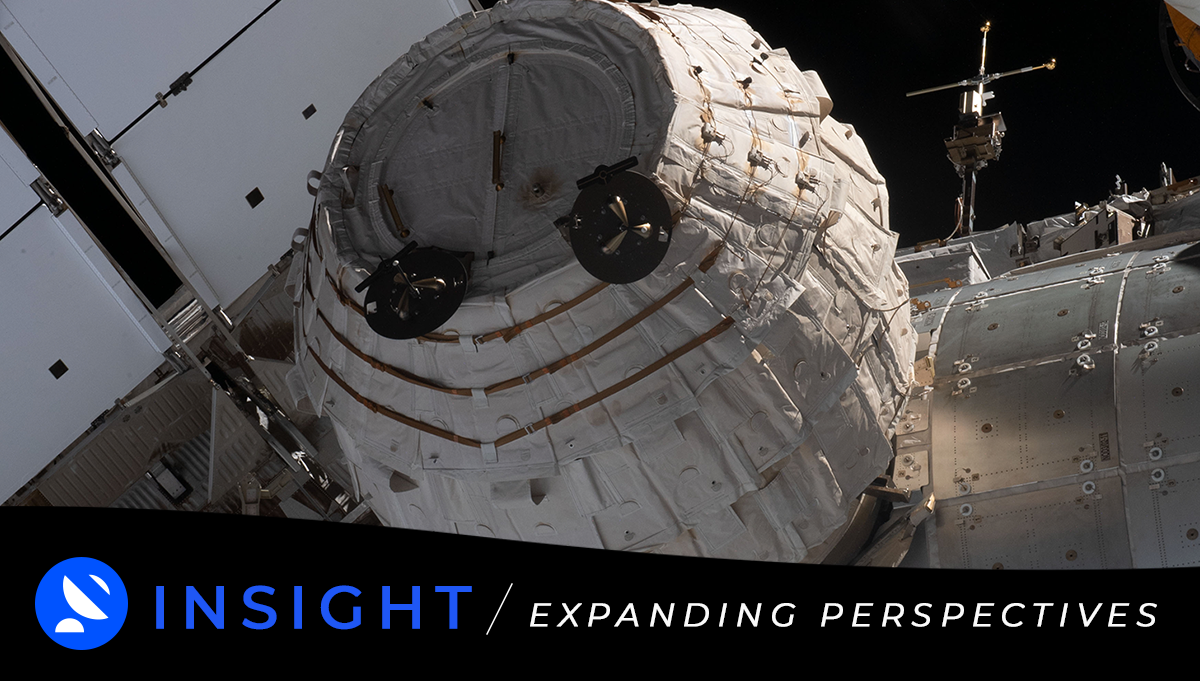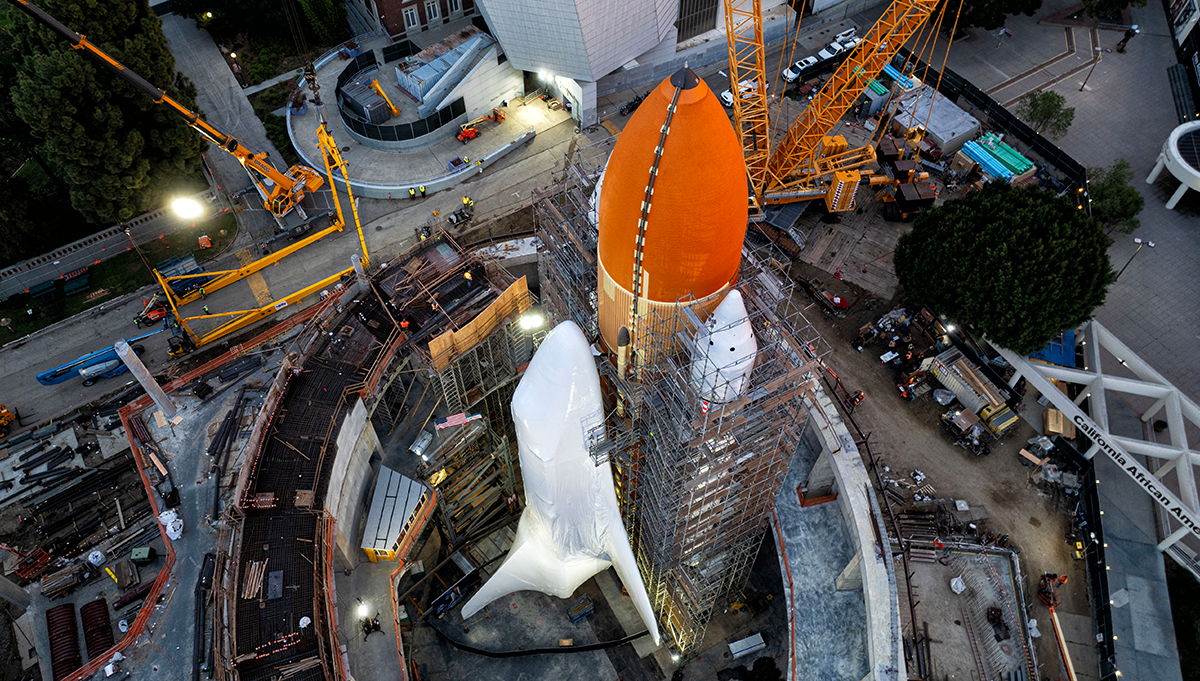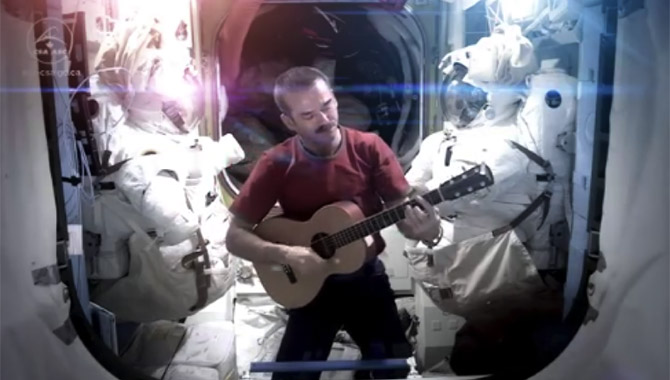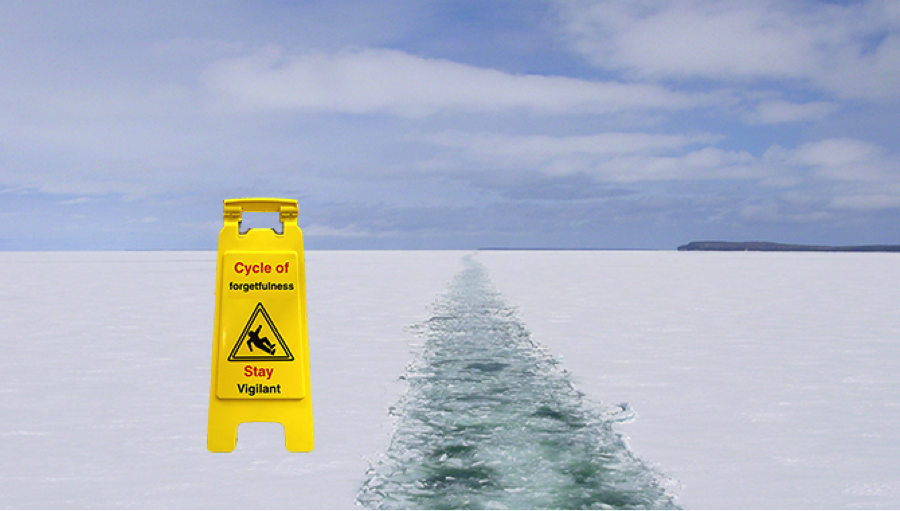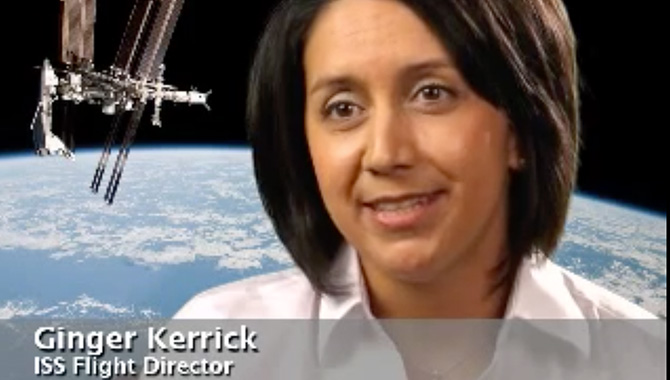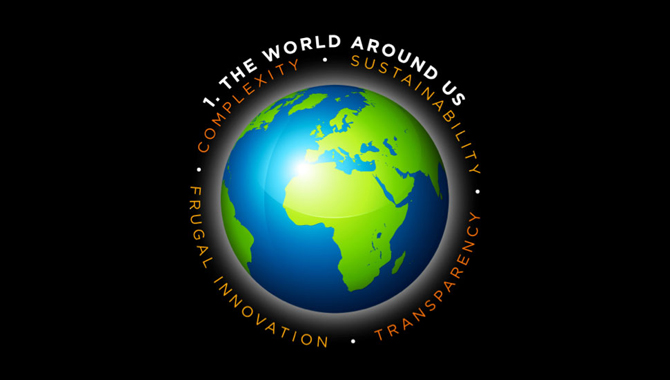
Hoffman, Gaddis, and Yost.
Photo Credit: NASA
On April 29, a special Masters with Masters interview transpired during the 2014 Virtual Project Management Challenge (VPMC).
The two master practitioners—Steve Gaddis, director of Game Changing Development at Langley Research Center, and Bruce Yost, program manager for Small Spacecraft Technology at Ames Research Center—spoke to online participants, an audience at Langley Research Center, and Dr. Ed Hoffman, NASA Chief Knowledge Officer. Hoffman soon found out that Gaddis did not like the composite cryogenic tank, which he had brought with him to show, referred to as a NASA trash can.
“We’ve had lightweight lithium tanks, aluminum tanks, but we haven’t had anything composite,” stated Gaddis, “(A composite tank) saves 30% mass. That’s huge on the launch pad.”
Hoffman, of course, was only kidding in comparing the tank to a trash can, just as Gaddis and Yost were exaggerating when they said their work began in the “Valley of Death.”
“The Valley of Death?” Hoffman asked for clarification on this metaphorical place.
“The Valley of Death,” explained Gaddis, “because there’s great ideas on the front end, and everybody wants to use them once they’ve been proven out, but somebody has got to tie those ends together and get them through that valley.”
Yost added, “If they can’t bridge that gap or that valley, they never amount to much.”
The jokes and exaggerations did not distract from the serious question at hand: how can NASA as an organization manage projects while capturing and sharing knowledge.
To this end, Gaddis and Yost shared examples of their current work—including three products and devices and a video on Game Changing—all demonstrating how the past informs decisions made today. They stressed the critical importance of “failing forward” (if success cannot occur, learn from the mistakes) as well as the positive outcomes of partnering with academia and the importance of “asking the question” in all stages of discovery and innovation.
As NASA practitioners engage project management, one of the most powerful ways they can achieve mission success is by sharing their expertise, even if this is only how they have failed forward—that is, advancing with lessoned learned and shared. VPMC events continue to create opportunities to reflect and share through stressing lessons learned, mentoring, best practices, case studies, and important of Agency-wide communication.


